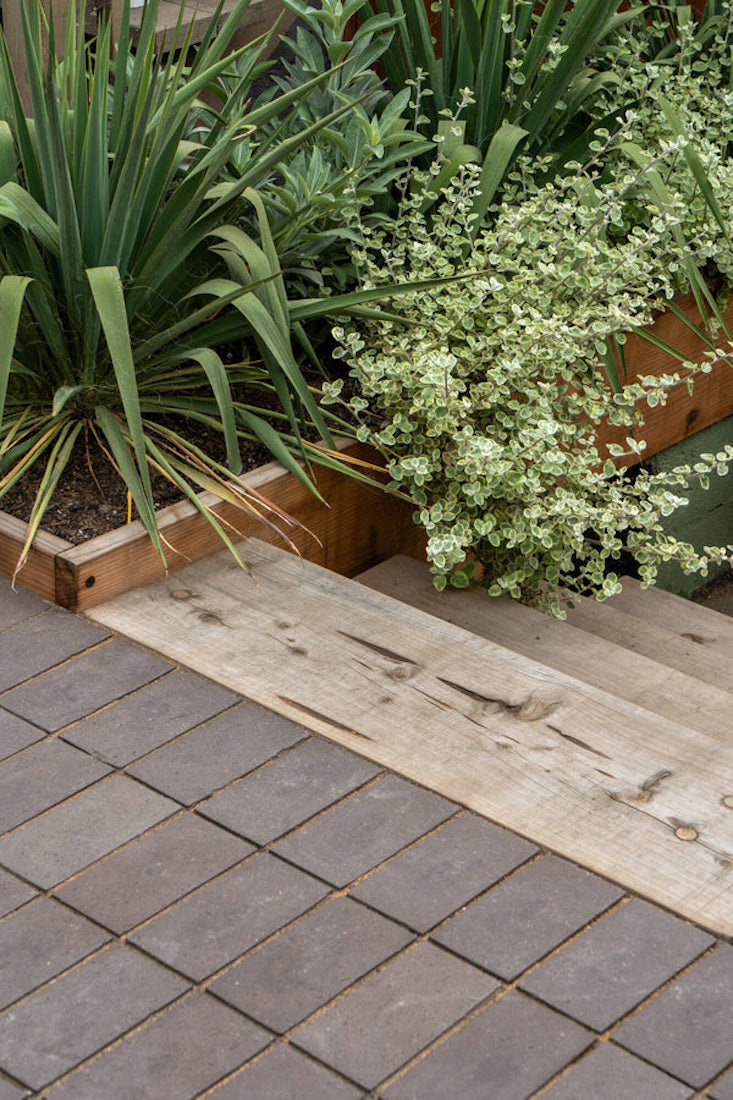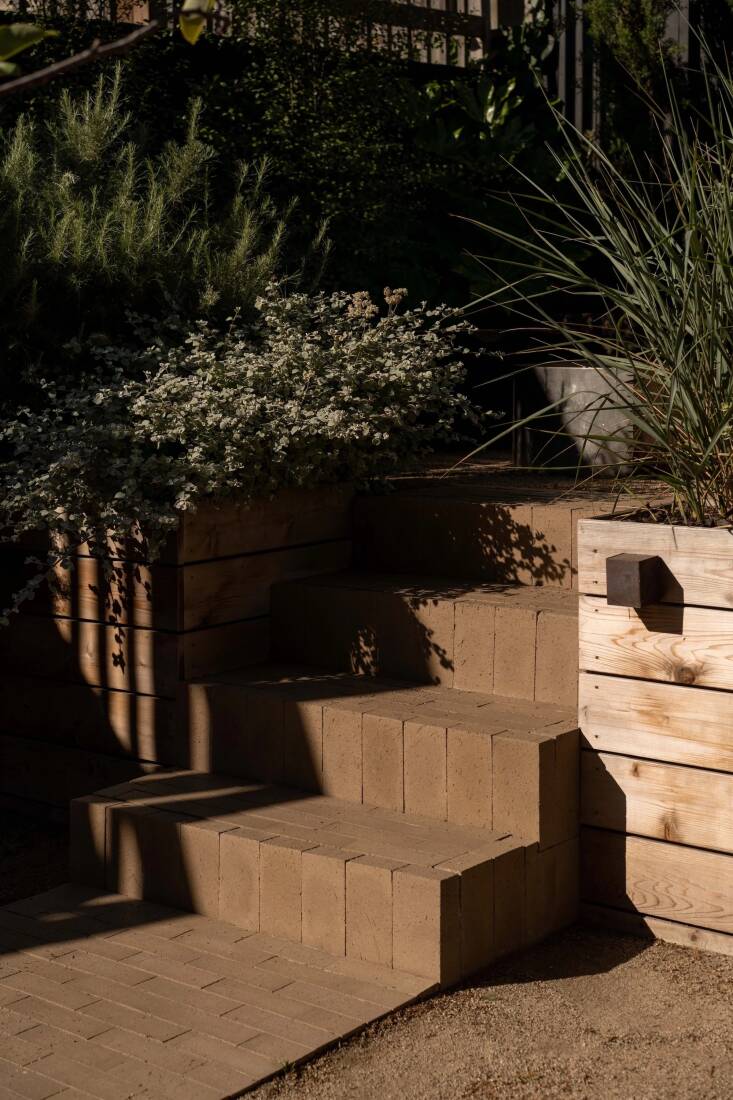Among the primary insights I left with after co-authoring Remodelista: The Low-Impact House: A Sourcebook for Stylish, Eco-Conscious Living is that, more times than not, the response to undoing a few of the damage caused by environment modification is to go natural. That holds true for paint, for insulation, for furnishings, for landscaping– and for hardscaping, too.
Just recently, I connected to Molly Sedlacek, principal at landscape style studio WHALE, for her ideas on much better, more planet-friendly hardscaping choices for outside areas. Annoyed with the items on the marketplace, she created her own eco-conscious, minimalist line of pavers that are both modern-day and earthy.
Here’s what she needed to state. (Tip: believe permeable and, yes, natural products.)
Photography thanks to WHALE

Q: Why is permeability so essential to a landscape?
A: With the altering temperature levels of our earth’s environment, products that breathe are going to end up being more vital as seasons get more severe. A surface area that permits water to circulation is much better for the earth, soil organisms, and plants. A permeable surface area is likewise wise for paths and the boundary of structures as it enables much better drain.

Q: If a customer were to request concrete floor covering, what would you state to deter them?
A: Fascinating enough, we do not frequently get customers requesting for concrete floor covering. It’s normally the opposite– a demand to get rid of old concrete or to utilize a product that is more natural. With an international desire to style and develop gardens that are more drought-tolerant, property owners are eliminating concrete to make more permeable square video such as paver outdoor patios, gravel, and broken down granite paths.
If a customer does take place to demand concrete, I would motivate them to think about a product that has greater permeability and permits water to stream through it such as a brick or stone paver set on sand-set aggregate. Natural products patina perfectly and permit shifts in the land, versus concrete’s consistent surface area and propensity to fracture. My slogan is: If it does not age with dignity, it most likely isn’t the best product.

Q: Existed an “aha” minute when you recognized that you were anti-concrete?
A: Yes, and it was in fact a driving aspect for beginning whale. Prior to beginning whale, I kept seeing pictures of modern-day garden styles with huge, consistent, uniformly spaced concrete pavers going through plants and producing outside areas for individuals to collect on. It looked really foreign to me as I matured in a garden that was made up of products discovered in distance and surface areas formed by nature.
whale was born from the desire to bring childish marvel into metropolitan yards. A garden, to me, is meant to show the natural landscape that surrounds it, or possibly funnel a garden we when checked out that left an impression on us. The garden and the products in it must stimulate much deeper sensations that reconnect us to the earth. Big concrete locations are the reverse of natural landscapes.
